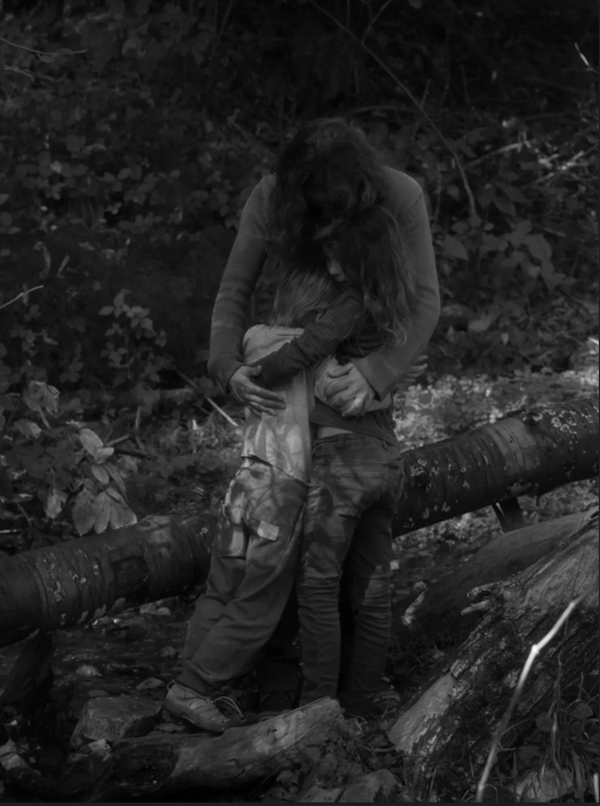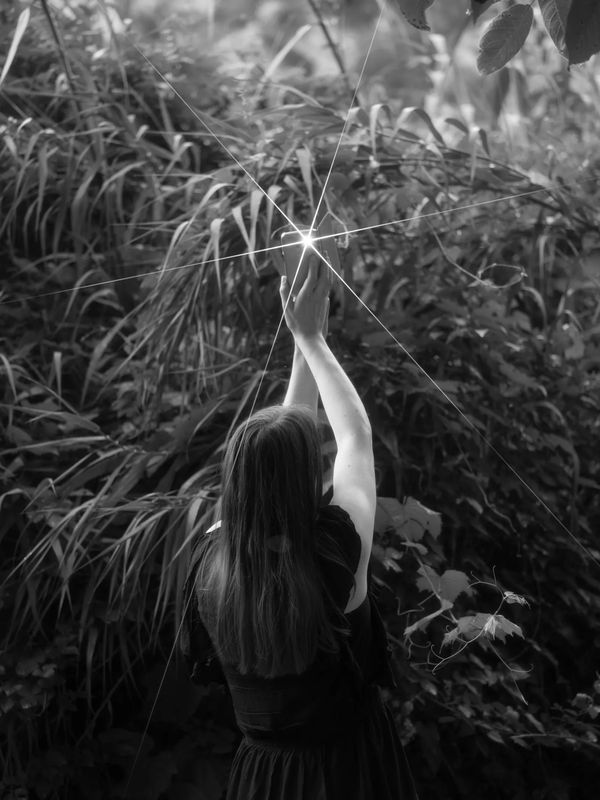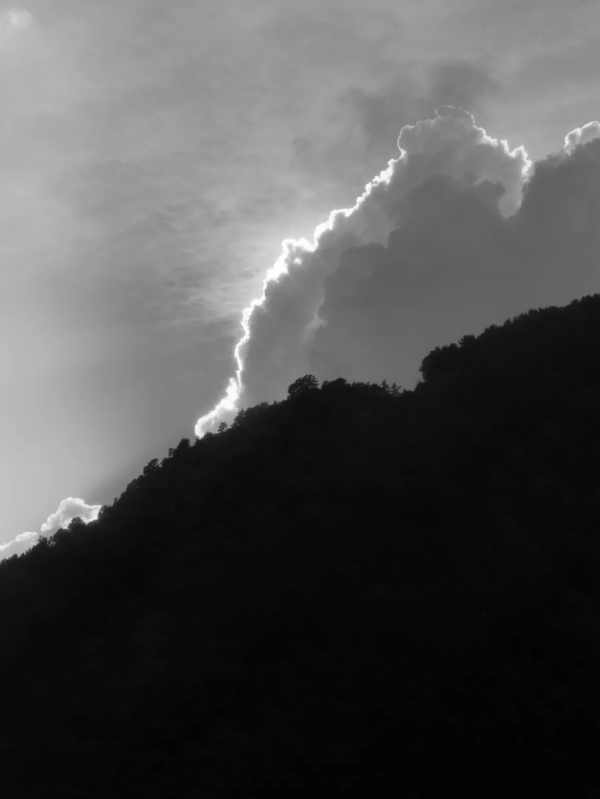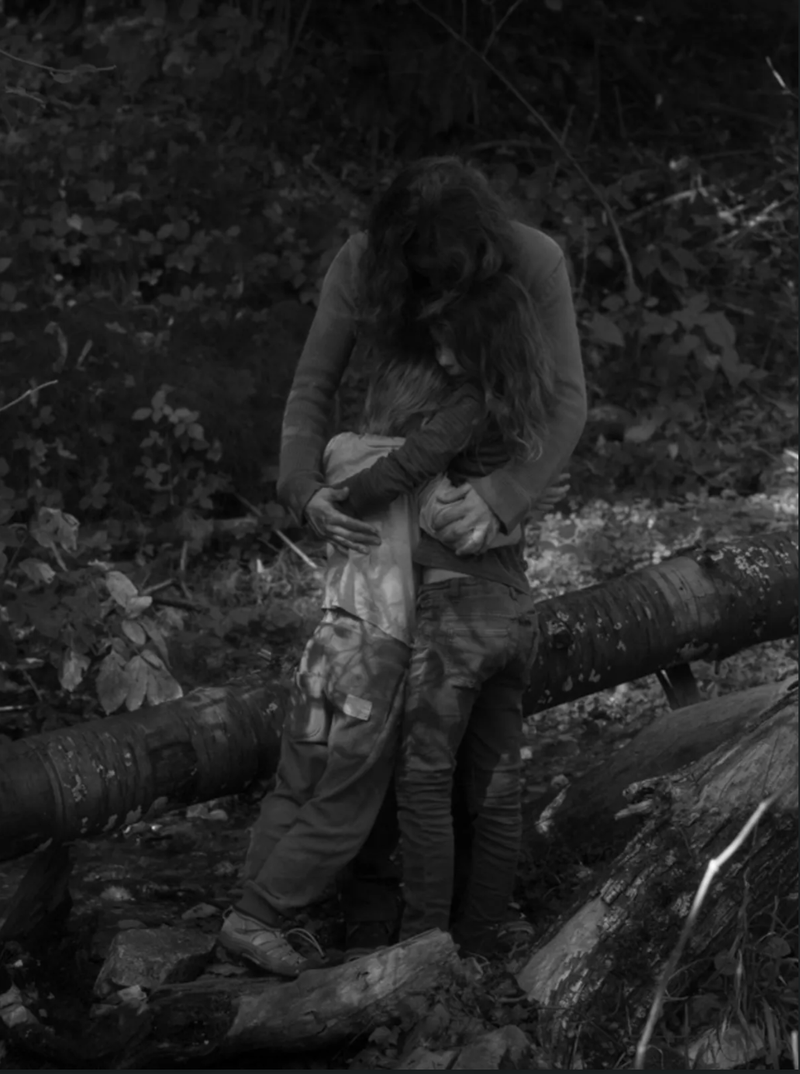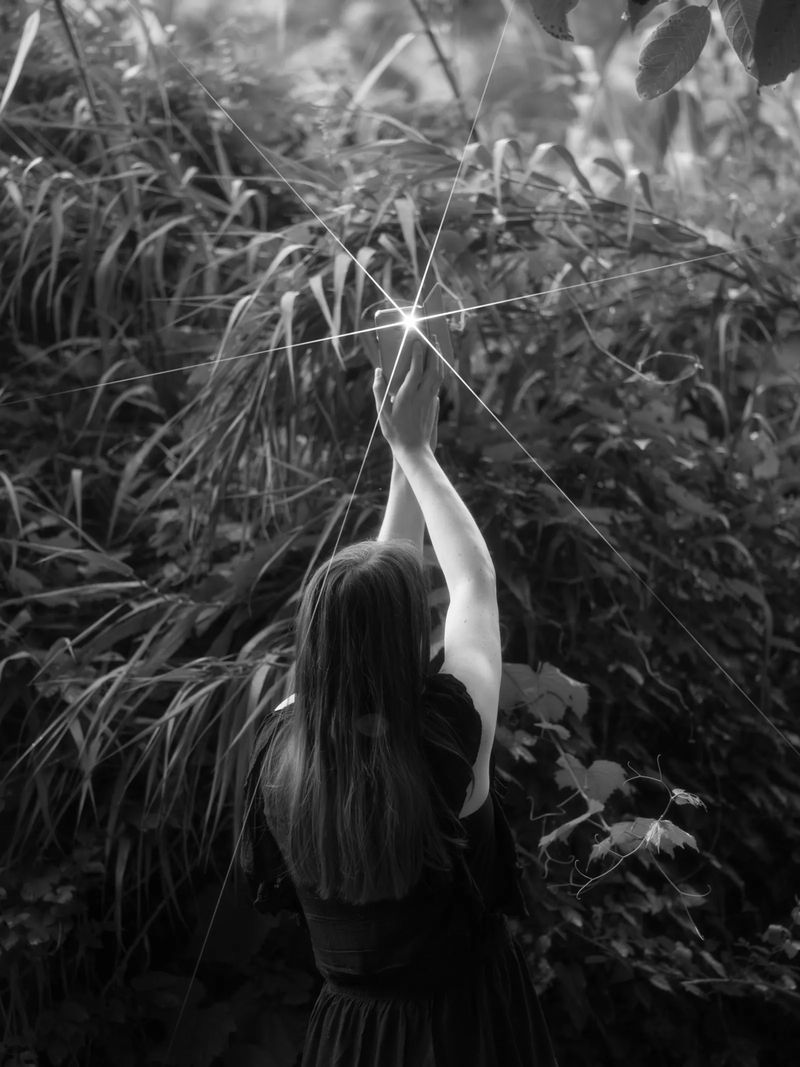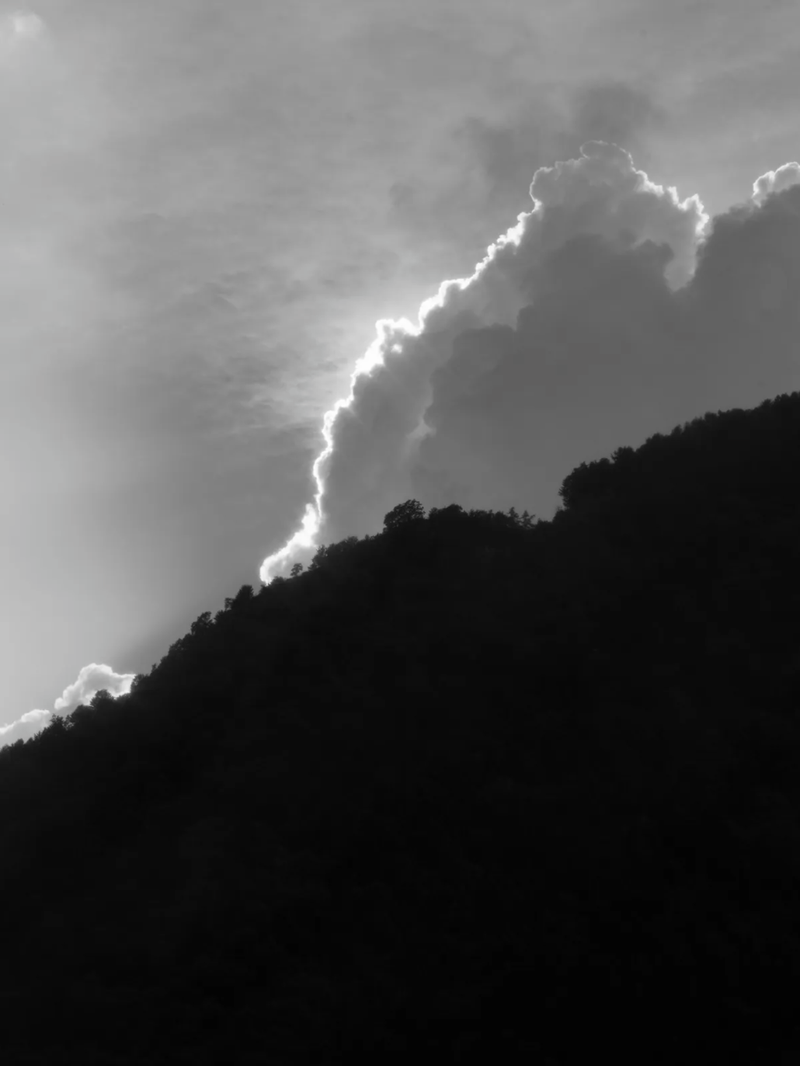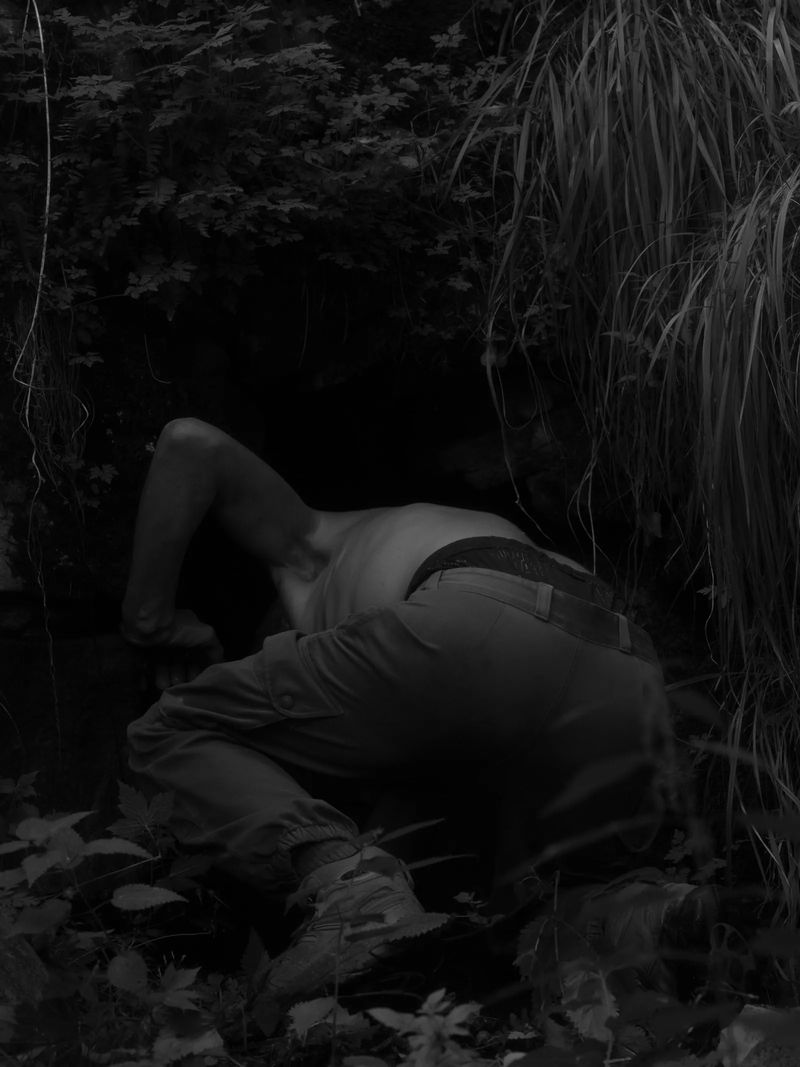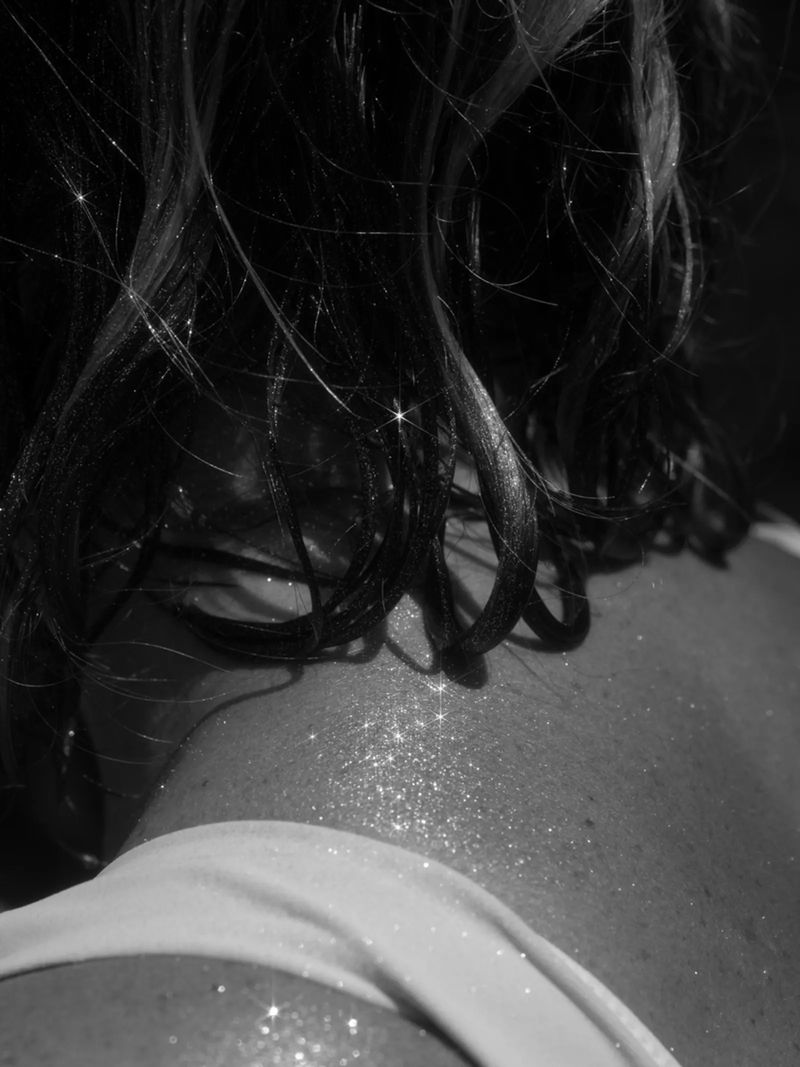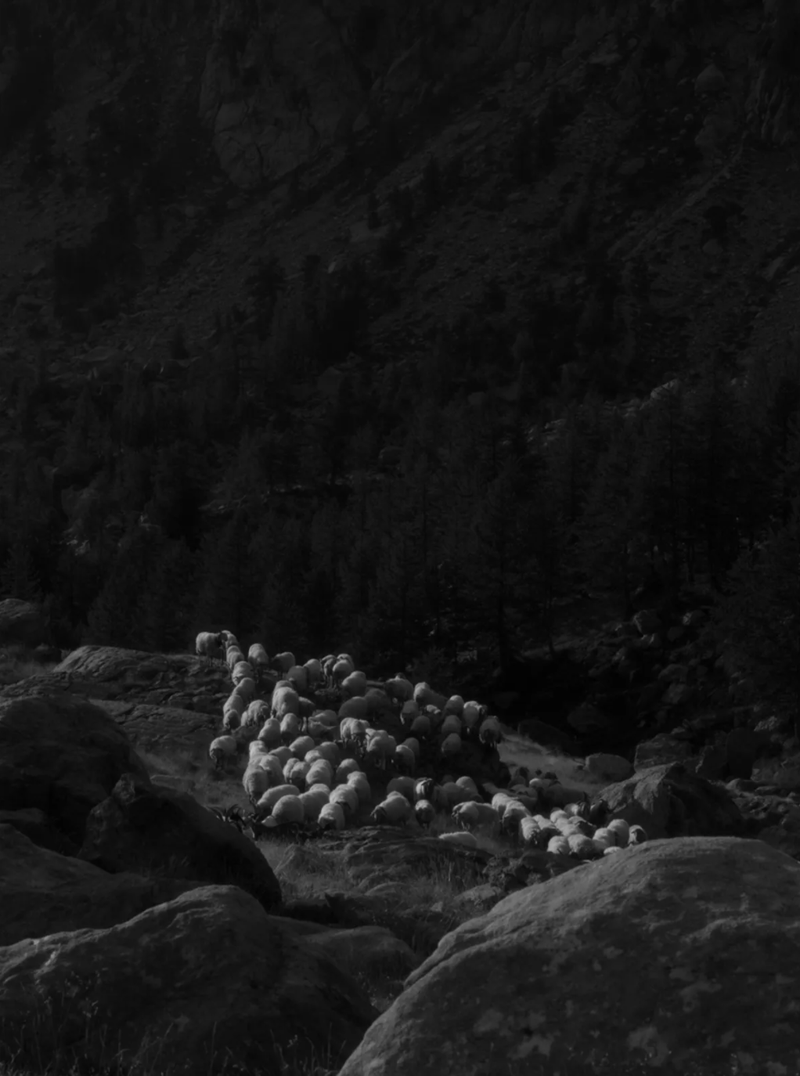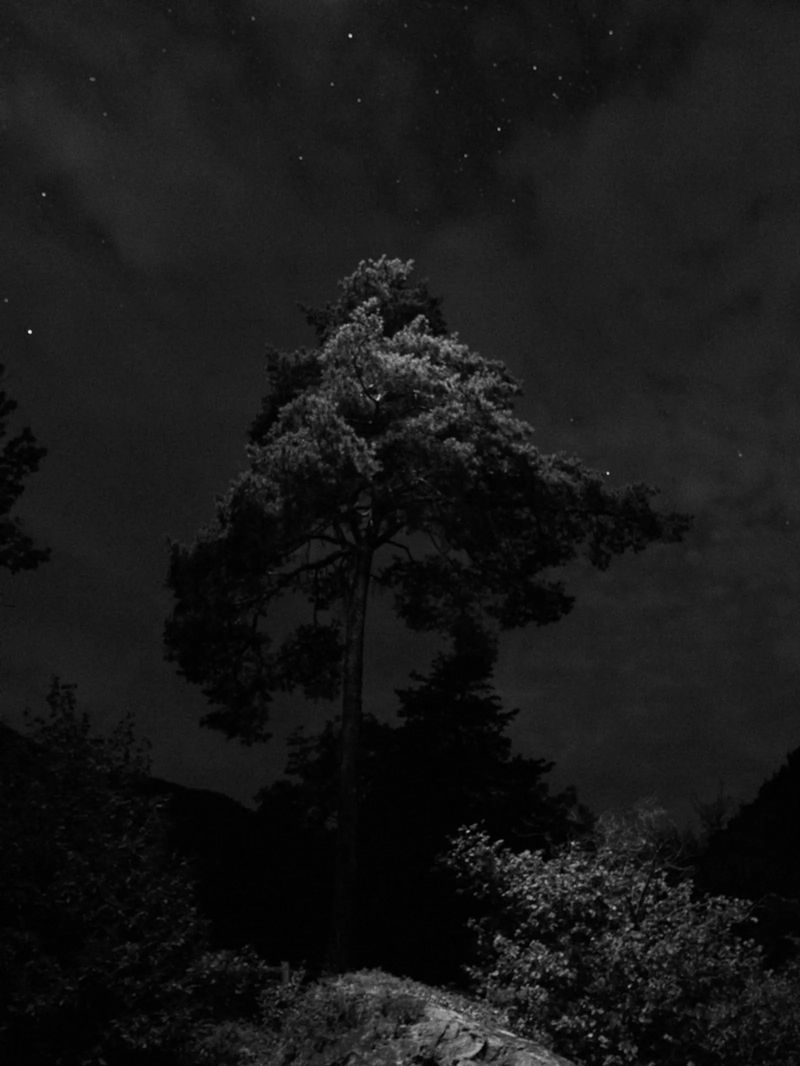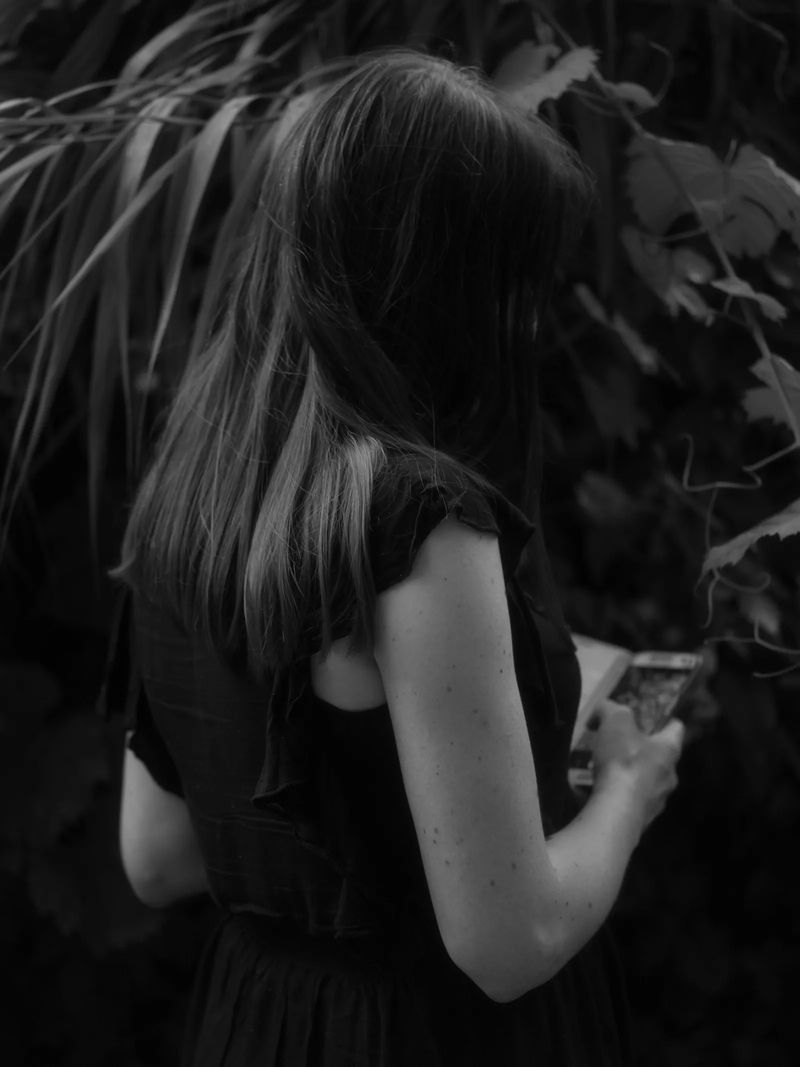Visualising the Invisible and Answering the Unprovable
-
Published3 Apr 2021
-
Author
For one year Eleonora Strano wandered through her native south-eastern France, over which the Chernobyl nuclear cloud passed, to document the duality that resides in the morbidity of the fallout and the liveliness of the place where it happened.
For one year Eleonora Strano wandered through her native south-eastern France, over which the Chernobyl nuclear cloud passed, to document the duality that resides in the morbidity of the fallout and the liveliness of the place where it happened.
On 28 April, 1986, at around 1 pm, the Swedes informed the SCPRI (Central Service of Protection against Ionizing Radiation) of the contamination of their atmosphere, which they attributed to a Soviet nuclear accident. The Kremlin acknowledged the occurrence of an accident at the Chernobyl power plant that same night but didn’t specify any date, extent, or causes. While Italian authorities worried, French scientists were formal: “From a public health point of view, there is no risk”.
No matter the official discourse, newspapers made their headlines with titles such as “Radioactive clouds over France”, and Eleonora Strano remembers the underlying tension in her native Roya Valley where particles had been detected. A child at the time of the accident, she could feel people worrying. “People were saying not to eat mushrooms or to drink the cow’s milk”, she recalls.
The consequences of the accident have been unclear ever since but remain in conversations to this day, with a lot of thyroid cancers attributed by activist organisations to an abnormal rate of radioactivity present in the region. “This project wants to answer unanswered questions”, Strano explains. In her series Ex Materia - meaning “created from matter” referencing nuclear energy originating from ordinary matter’s smallest unit, the atom - she approached the story metaphorically with bursts of light as a leitmotiv. “In scientific images, radioactivity appears as bright white dots”, she explains.
She thus hunted for sparks of light, using a filter to emphasise bright spots, and created “a puzzle made of slices of life and images I had in mind”, she says. Portraits and landscapes cohabit within a tensed atmosphere. Time seems suspended, the buzz stopped, and people wait for something to happen. There is a mix of nostalgia and anxiety filtering through the images, as if everything is frozen. Is it taking place pre or post-disaster; one doesn’t know.
“It recalls Stalker by Andrei Tarkovsky”, she notes. And indeed, the series distills the same overall mystery in a place difficult to draw on a map. Does it also tease at the unpleasant dreams and desires that reside in the hearts of men? What is sure is that the place where the story unravels oscillates – the waves of the mountain follows the curvy flock of sheep, which itself gives room to the undulating lines of light on the river or of a girl’s hair.
Do they evoke the runoff movement responsible for the particles spreading into the soil? “One image after the other, they form a ballet, going up and down in waves”, she says. “Everything belongs to the same larger oscillation. It’s an ode to the harmony of nature. This, to me, is an act of resistance in itself.”
--------------
Eleonora Strano is a freelance photographer based in France working both in the realms of documentary and fiction. Her series Ex Materia received an Honorable Mention as part of the PHmuseum 2020 Women Photographers Grant. Follow her on Instagram.
Laurence Cornet is a writer and curator based in Paris focusing on cultural and environmental issues. She is also the editorial director of Dysturb.
--------------
This article is part of our feature series Photo Kernel, which aims to give space to the best contemporary practitioners in our community. The word Kernel means the core, centre, or essence of an object, but it also refers to image processing.
